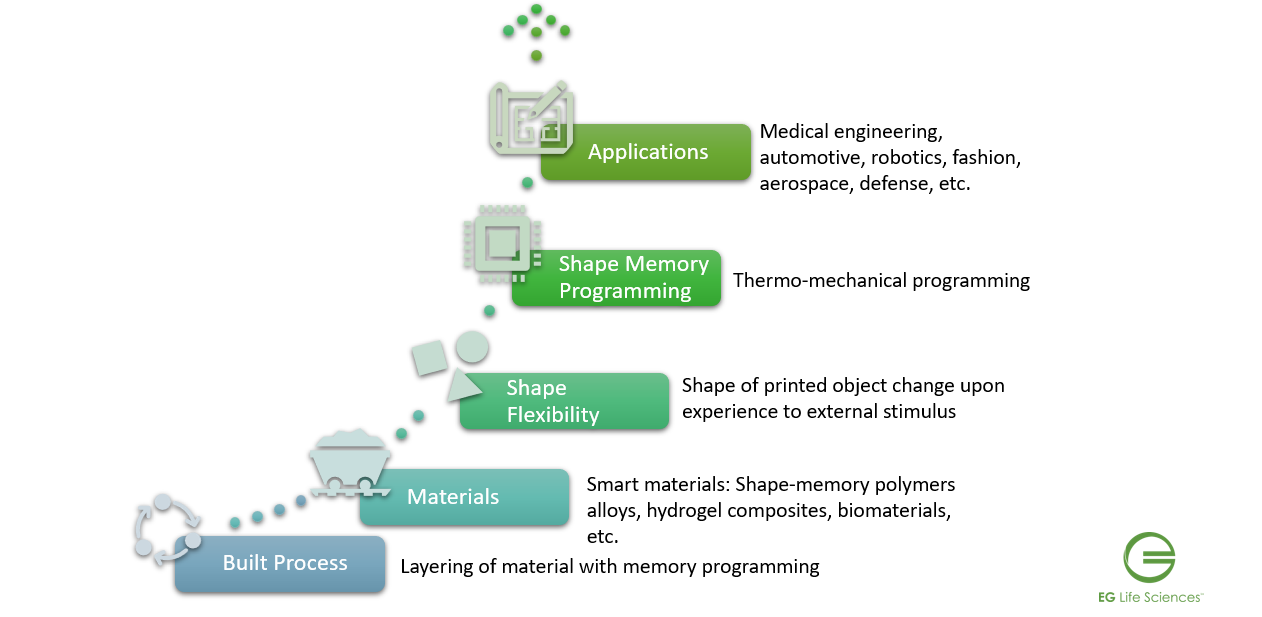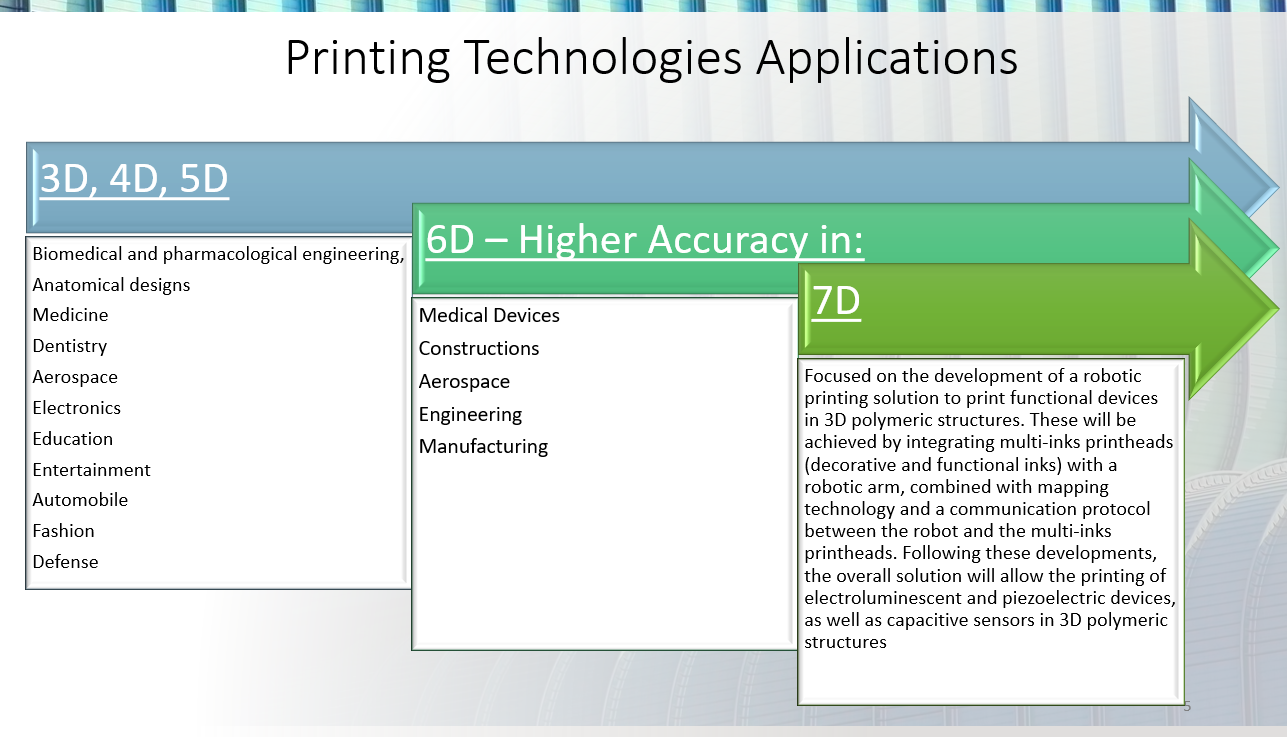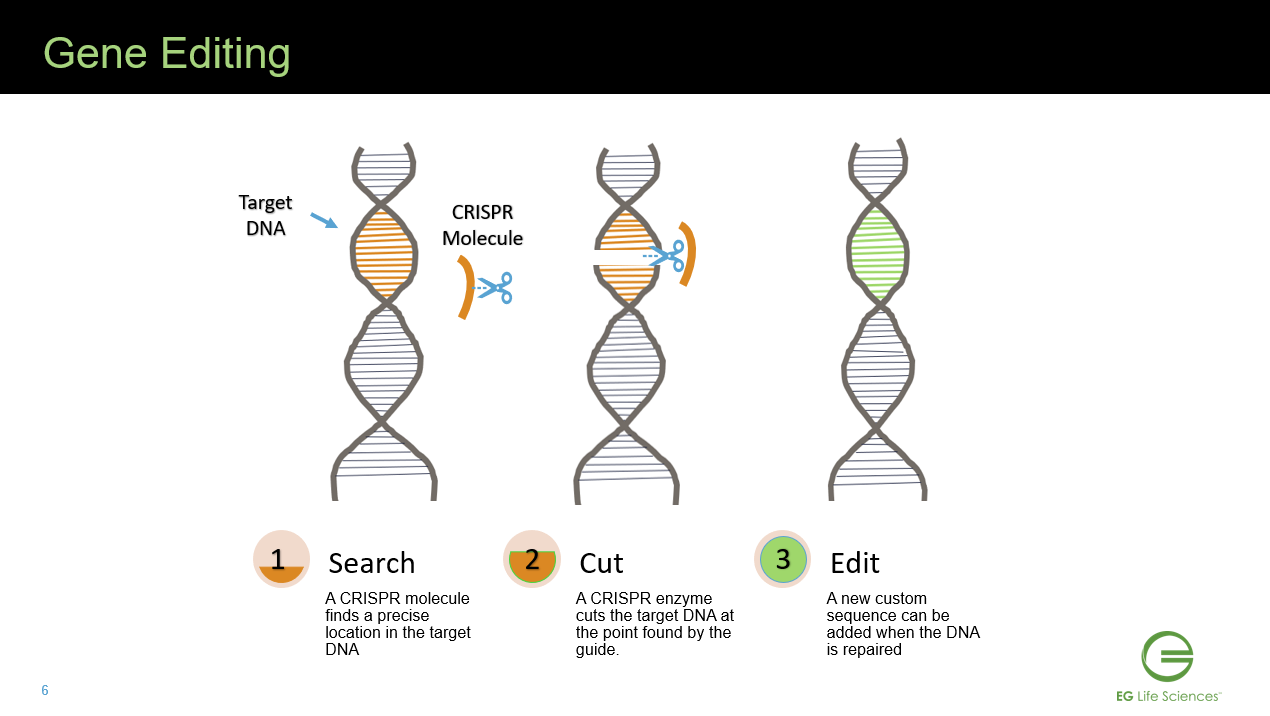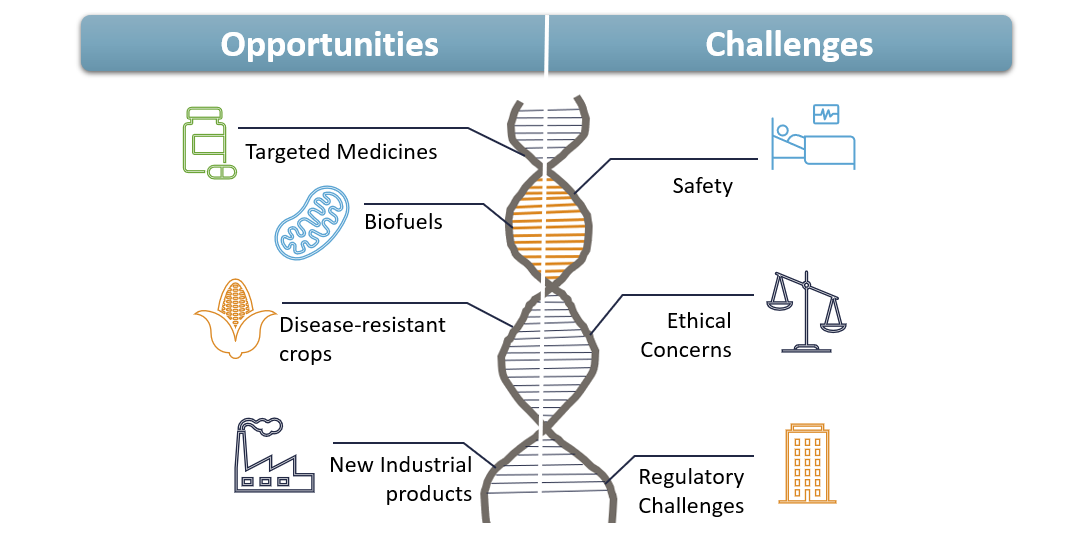As we approach the end of 2022, it could not be a better time to go through some important and fascinating breakthroughs from the year that propelled us toward significant advancements within the life sciences space. The future is now, and innovative technology has changed the world, forcing the Biotech/Pharma and Med-Device sectors to transform their process. The future and its innovations never stop; it is a continuous transformation process toward the evolution of more efficient and quality processes. Before COVID-19, the industry was slow to understand how feasible it was to move quickly by implementing high-technology applications while keeping quality standards and reducing costs. Companies were forced to invest in digital innovations, bringing a radical transformation to their existing processes, as we've shared in past blogs.
As we are moving forward in the 21st century, biotechnologies have become increasingly vital in our daily lives, especially after the COVID-19 outbreak. The R&D sector has made outstanding contributions to this field, resulting in significant improvements. From vaccine development to gene sequencing, and many more innovations, biotechnology has only paved its way ahead and been an extraordinary improvement to every one of us.
Please join me as we review these 2022 breakthroughs, which open an extraordinary path for new medicines around the world, and how these transformations are improving our daily lives. Thanks for continuing to connect with us, and we encourage you to visit the EG Life Sciences Resource Library for additional interesting blogs, white papers, and more.
2022 BREAKTHROUGHS
Top 10 Breakthroughs
The COVID-19 outbreak forced the necessity of biotechnology like never before, as DNA synthesis was one of the cornerstones for the research that required a quick solution.
1. Synthetic DNA
Specially utilized in the genomic investigation of the virus that causes COVID-19, synthetic DNA also facilitated the tracking of the infection spread and evolution of the virus. There are continuous scientific collaborations that make synthetic DNA production more efficient by using different automated methods of chemical production. Automated methods have been used in chemical molecule manufacturing, which are mechanized and integrated directly into the DNA synthesis apparatus, eliminating the need for manual synthesis, a process that could take more than 12 hours.
2. Vaccine Development
The formulation of a new vaccine is a huge challenge, most of all when an outbreak occurs and severely compromises public health. Facing this challenge, the biotech sector initiated a collaboration among themselves, joining efforts to quickly come up with a solution to fight the COVID-19 pandemic. With that extraordinary collaboration, the manufacturing of a vaccine was completed within 18 months, a process that usually takes 15 years.
All of this was achieved with the application of high-technology tools, along with the collaboration of R&D and the manufacturing sector. A major contribution happened in the development of the COVID-19 vaccine, altering other chemicals and proteins that are the building blocks of mRNA, which make safer vaccines for pathogenic agents. Thanks to Dr. Katalin Kariko, who intensively worked on this process, the alteration of these molecules was stabilized, making the vaccine 95% effective in clinical testing against COVID-19. The use of messenger RNA (mRNA) has been a breakthrough in biotech/pharma to develop many other vaccines to treat different conditions and diseases.
3. Testing and Tracing
As we know, controlling the infection spread is a major challenge, especially when identifying infected individuals. On the other hand, standard clinical testing methods frequently produce false results, and traditional sequence approaches are time-consuming and expensive. Recently, Dr. Jeremy Edwards, Director of Computational Genomics and Technology at the University of New Mexico, along with the collaboration of other colleagues, developed a chip that makes genome sequencing for viruses like COVID-19 much easier and faster. They performed a study obtaining clinical samples from eight infected patients with SARS-CoV-2 to speed up and effectively re-sequence the viral genome using a designed template or tiled genome panel. Eventually, they were able to identify at least 95% of each sample’s genome with an efficiency of more than 99.9%. It is without a doubt that this new chip would allow for faster and more accurate tracing of most viruses, including new variants and COVID-19 as a most recent contribution to the fight against this aggressive virus.
Genomics refers to the study of genetic sequence information of organisms and attempts to understand the structure and function of these sequences and downstream biological products which differ from genetics. It involves various areas of research like Transcriptomics, the study of global RNA expression, Genotyping, which measures DNA polymorphism and mutations, and lastly, Bioinformatics. In life sciences, genomics has a significant impact as it expedites clinical research and drug development, personalizes diagnosis, improves patient outcomes, and minimizes the cost of care. With genomic information, clinicians now can decide on treatment strategies and therapeutic approaches. Genomic information can also help clinicians refine a cancer diagnosis and prognosis and improve an individual’s quality of life, even when therapies are not currently available.
4. 4D Printing and Tissue Engineering
The creation of 4D material is based on gelatin-like hydrogel that changes shape in reaction to water. It is also cell-compatible and recyclable and is the ideal alternative for enhanced tissue engineering. These hydrogels also maintain a high density in cells, facilitating the cell-seeding process. This has contributed significantly to the implementation of bone marrow stem cells at a very high density in the hydrogel, without destroying them, a huge advancement in bioengineering. The 3D approach differs from 4D in the ability to interact in coordination with the changes occurring in surrounding developing or healing tissues. The 4D approach has the capacity to dynamically change its shape relating to those neighboring tissues, which is an amazing discovery. This application will be used to create tissues and organs, like a nose for face reconstruction, and regenerate new skin for fighting skin cancer, heart tissue, and more.
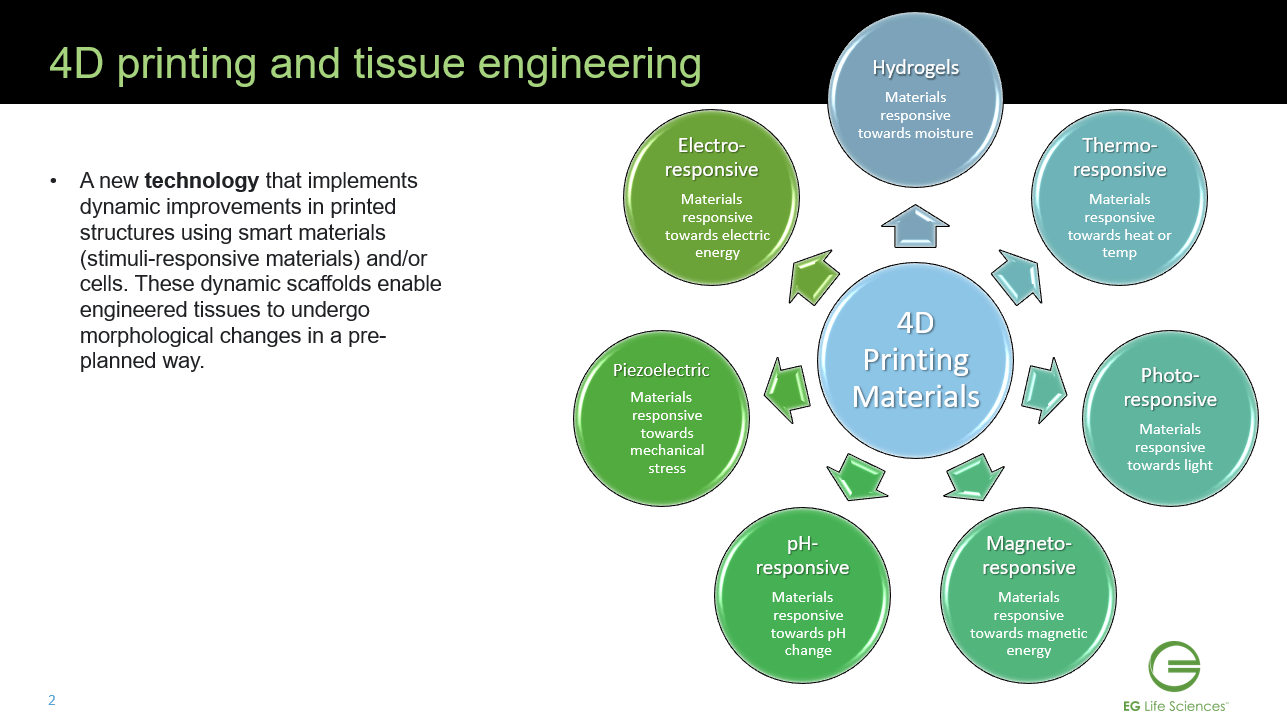
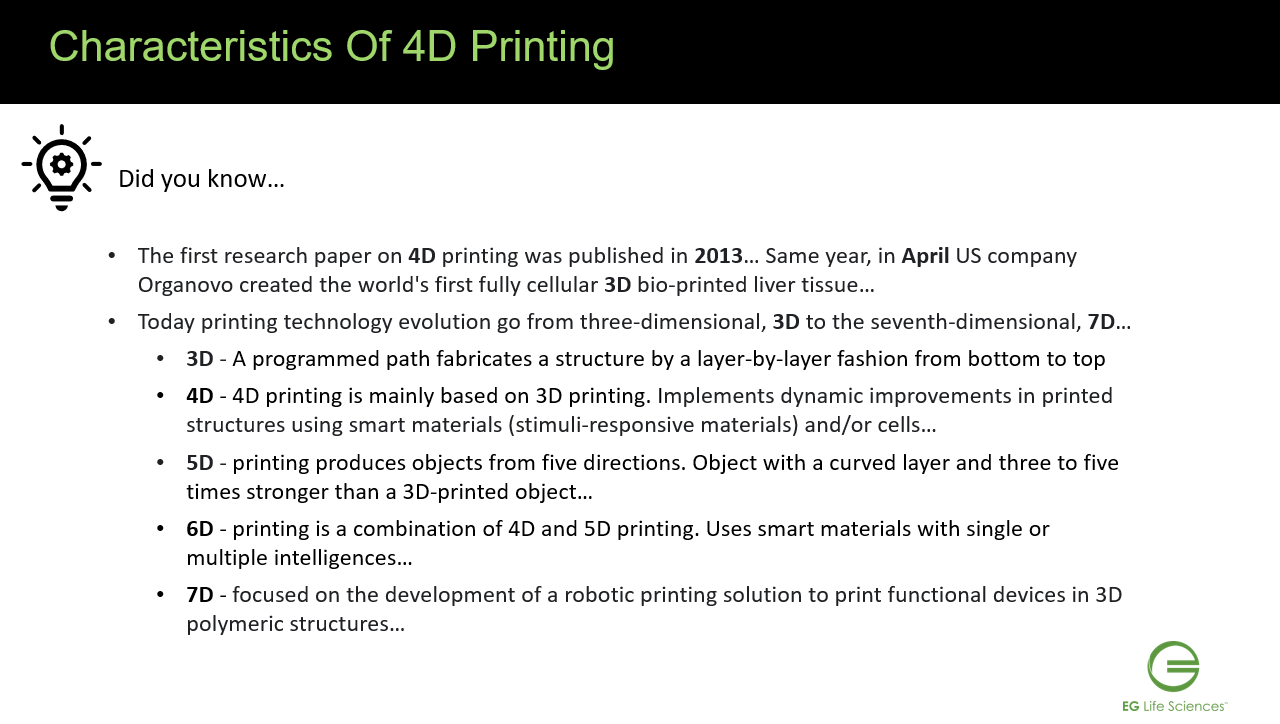
5. Gene Editing
Also known as genome editing, gene editing modifies genes of living organisms to improve our understanding of gene function and develop ways to use it to treat genetic or compromised acquired diseases.
Genome editing can be used to correct, introduce, or delete almost any DNA sequence in many different types of cells and organisms. While techniques to modify DNA have existed for several decades, new methods have made genome editing faster, cheaper, and more efficient. One of the best editing tools and the breakthrough of the year is the CRISPR (Clustered Regularly Interspaced Short Palindromic Repeats) and the enzyme Cas9 (the scissors), which are utilized to cut the DNA/RNA double strain. Because CRISPR/Cas9 is an RNA-based system, it can be more efficiently and easily modified than the protein-based approaches and allows for targeting of multiple sites. CRISPR was discovered through the National Institute of Health, which provided NIH-funded basic research on how bacteria defend themselves from viruses. The CRISPR/Cas9 system currently stands out as the fastest, cheapest, and most reliable system for editing genes.
6. Gene Sequencing
Over the last decade, large-scale whole genome, or a complete set of human genomic material, sequencing technology, has advanced rapidly. For the first time in five years, genomes of 3,219 patients with uncommon disorders have been sequenced, leading to molecular diagnosis for 1,287 individuals. The results included the following:
- More than 750 genes were revealed to have harmful mutations
- 17 new disease genes were uncovered
- Patients with hereditary metabolic illnesses, uncommon epilepsies, and primary immunological deficiencies have benefited from personalized treatment in some situations
A major project is currently ongoing in Sweden’s healthcare industry to replicate a comparable working technique on a larger scale. This technique has also led to the discovery of other previously undiscovered disease genes, opening new avenues for further investigation of pathogenic pathways.
7. Quantum Microscope
The creation of the quantum microscope has helped researchers to see “the impossible.” The quantum microscope not only provides 35% clarity without any destruction of cells but also helps in the improvement of sensing, therefore, eliminating the last piece of the puzzle. The quantum microscope has broken the "hard barrier" in conventional microscopy based on light, which was a big achievement. This exciting breakthrough will create endless biotechnology improvements. The quantum microscope has two laser light sources but sends one of the beams through a specially designed crystal that “squeezes” the light. It does so by introducing quantum correlations in the photons – the particles of light in the laser beam.
8. Biosensors
In 2021, biosensors have been positively impacting the medical diagnostic and health monitoring processes. To speed up and improve COVID-19 testing, for example, scientists combined state-of-the-art bioelectronics equipment, materials science engineering, and synthetic biology protein design. This resulted in having a test in less than 15 minutes, and can be successful in delivering accurate results. The combination of electrochemical biosensors with designed protein structures allows the medical sector to detect a virus quickly and with high precision, previously only achievable with slower genetic procedures. The complete system may operate on unprocessed blood at the point of care, eliminating the need for time-consuming sample collection. To fine-tune the test, blood and human saliva treated with portions of protein from the coronaviruses that cause MERS and COVID-19 were used.
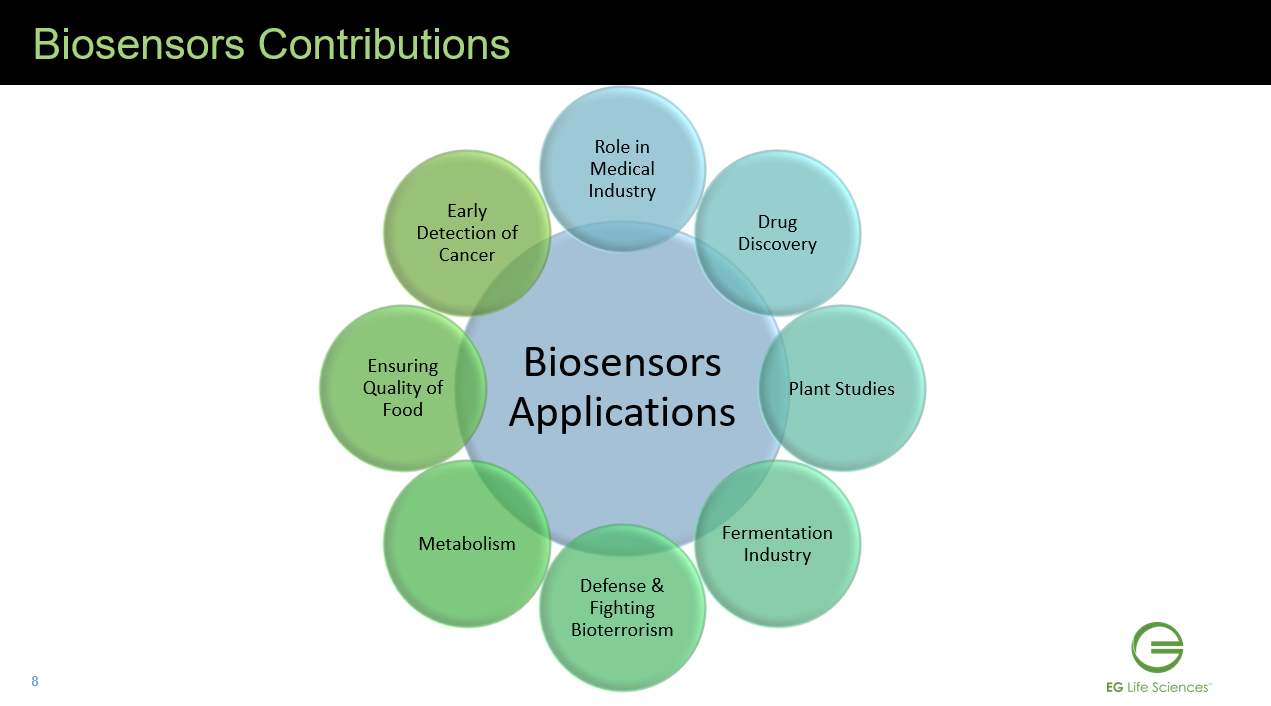
9. Agriculture and Climate
Despite the changes in climate, scientists have made new discoveries on how crops can grow with the help of biotechnology. Researchers used specific plants to genetically study how they grow in different conditions. These findings provide light on the versatility of the molecular process by which plants sense temperature, which could help in their adaptation to varied climates. Experiments using the model plant Arabidopsis have shown how a temperature-prolonged period of cold lifts the brake on flowering, a gene called FLC. This biochemical brake also involves another molecule COOLAIR which is antisense to FLC. This means it lies on the other strand of DNA to FLC and it can bind to FLC and influence its activity. The findings will be helpful for understanding how plants and other organisms sense fluctuating environmental signals and could be translatable to improving crops at a time of climate change. The discovery will also contribute to the environmental regulation of gene expression in many organisms because antisense transcription has been shown to alter transcription in yeast and human cells.
10. Environmental DNA (eDNA)
The environmental DNA approach has many advantages over traditional surveying methods, such as a higher chance of detecting a species. In general, the eDNA approach gives better results in species detection than traditional methods. The technique's high sensitivity applies especially when a species occurs at a low density. This is a significant contribution to conservation and biodiversity as a part of our nature and ecosystem.
Some other advantages include:
- Cost efficiency: Collecting samples takes much less time than the traditional way. Sampling for eDNA can be done by one person while traditional methods, such as electro-fishing, need at least two people. The costs attached to collecting and analyzing a water sample are therefore lower than that of traditional surveying techniques
- Accuracy: Identification errors in complex taxonomic groups will no longer occur because the eDNA technique works with species-specific primers. Species identification in the field is no longer necessary.
- No disturbance: It is no longer necessary to disturb the habitat of vulnerable species to establish their presence.
- Less risk of introducing alien species and spreading disease: Sampling for eDNA uses sterile materials. Moreover, the person monitoring does not need to enter the water, thus the unintentional introduction of invasive species or diseases.
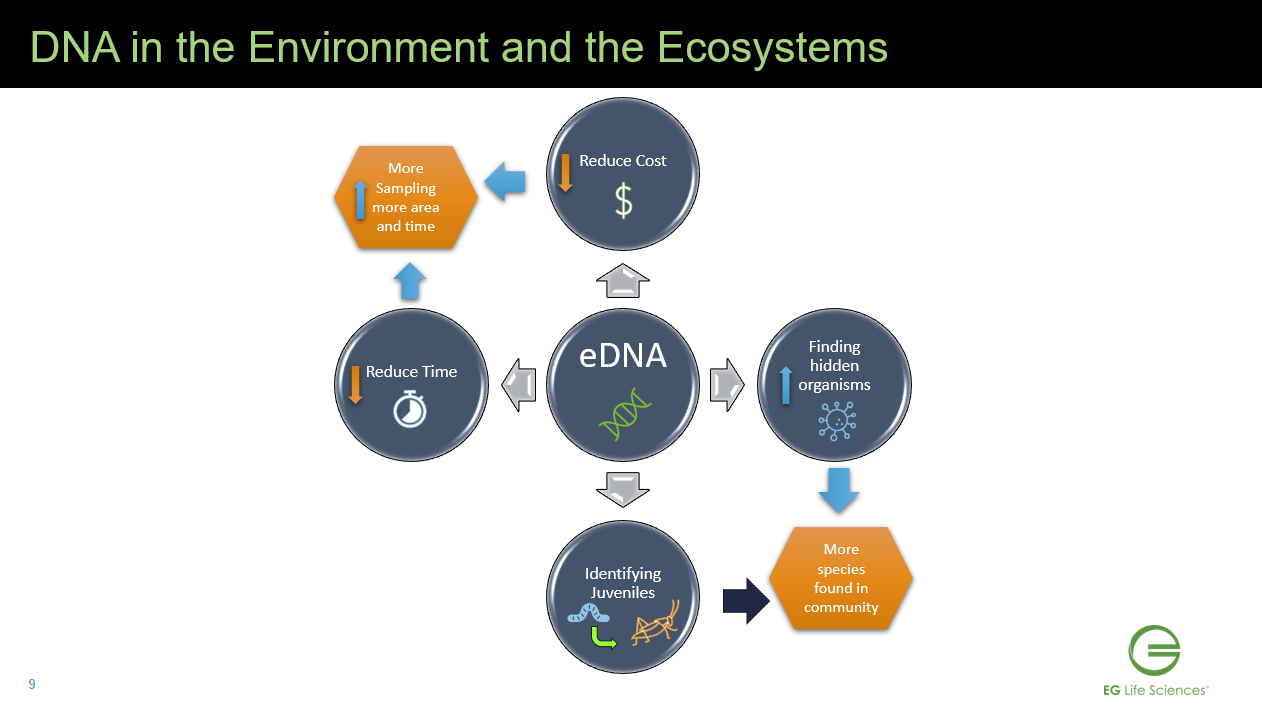
SUMMARY
Biotechnology plays a key role in protecting our planet's resources, driving a strong economy, and enhancing people's lives. Molecular DNA and mRNA have been successfully used to manufacture extraordinary vaccines and medicines, especially for underlying conditions. Biotechnology is contributing to better health and treatments for disease through agriculture, the ultimate sustainable manufacturing process. Scientists have significantly reduced the use of animal testing through biotechnology, which is a great approach to avoid animal torture and manipulation. Scientists are also developing plants that produce medicines called “green drug factories” that will provide all kinds of medical products for treatments. Today, researchers are working with plants such as rice and tobacco to produce proteins for life-saving biotech drugs. Don’t be surprised if one day, rice is used to make enzymes that can treat iron deficiency, which affects 67% of the world population, and anemia. Researchers are also experimenting with tobacco plants as drug factories; the possibilities include “growing” a preventative treatment for ovarian cancer in tobacco leaves. This kind of cutting-edge biotech research is underway all over the world, on every continent, including Antarctica, where researchers are searching for microbes with useful properties for manufacturing.
Look around, and you'll see that there are biotechnology benefits everywhere you go. Biotechnology continues to contribute to different sectors, such as a cleaner manufacturing process, environmental challenges, food production, and even biodefense and public safety. For example, military units and disaster responders constantly face new and dangerous threats from biological and chemical agents. Biotechnology-produced enzymes can now break down toxic chemicals, including nerve gases, such as sarin and somain, in a way that is effective, convenient, and environmentally benign. These enzymes can be added to water and sprayed at the site of the attack. Scientists are also modifying mustard plants to serve as "sentinel plants" that warn of chemical warfare agents or animal pathogens such as anthrax. Recently, a Danish company announced it had developed a plant that can be used to detect land mines by changing colors when its roots detect a mine. DNA fingerprinting, a biotech process, has transformed criminal investigation and forensic medicine, as well as provided significant advances in anthropology and wildlife management.
These benefits are just a small sampling of the enormous improvements brought by the evolution of biotechnology over the past 50+ years, since James Watson and Francis Crick first discovered the DNA molecule. Even as you are reading this, scientists around the globe are imagining even more solutions, big and small, for the challenging world in which you and I live.
Interact and share your thoughts on this post! EG Life Sciences continuously provides expertise and education to the life science community. Connect with us on LinkedIn and access our EGLS Library at https://www.eglifesciences.com/resources.
REFERENCES
- "How Genomics Can Drive Value in Life Sciences?" IndustryWired. Accessed 1 December 2022. https://industrywired.com/how-genomics-can-drive-value-in-life-sciences/
- "Powering Life Sciences with Industry 4.0." IndustryWired. Accessed 1 December 2022. https://industrywired.com/powering-life-sciences-with-industry-4-0/
- "Shape-shifting 4D materials provide new opportunity for tissue engineering." Advanced Science News. Accessed 1 December 2022. https://www.advancedsciencenews.com/shape-shifting-4d-materials-provide-new-opportunity-for-tissue-engineering/
- "Integration of whole genome sequencing into a healthcare setting: high diagnostic rates across multiple clinical entities in 3219 rare disease patients." Genome Medicine. Accessed 1 December 2022. https://genomemedicine.biomedcentral.com/articles/10.1186/s13073-021-00855-5
- "Quantum-enhanced nonlinear microscopy." Nature. Accessed 1 December 2022. https://www.nature.com/articles/s41586-021-03528-w

